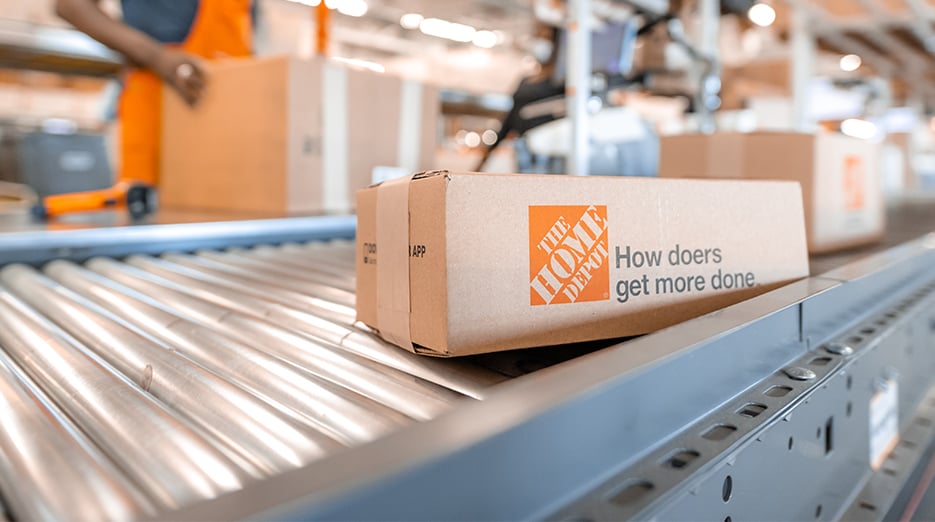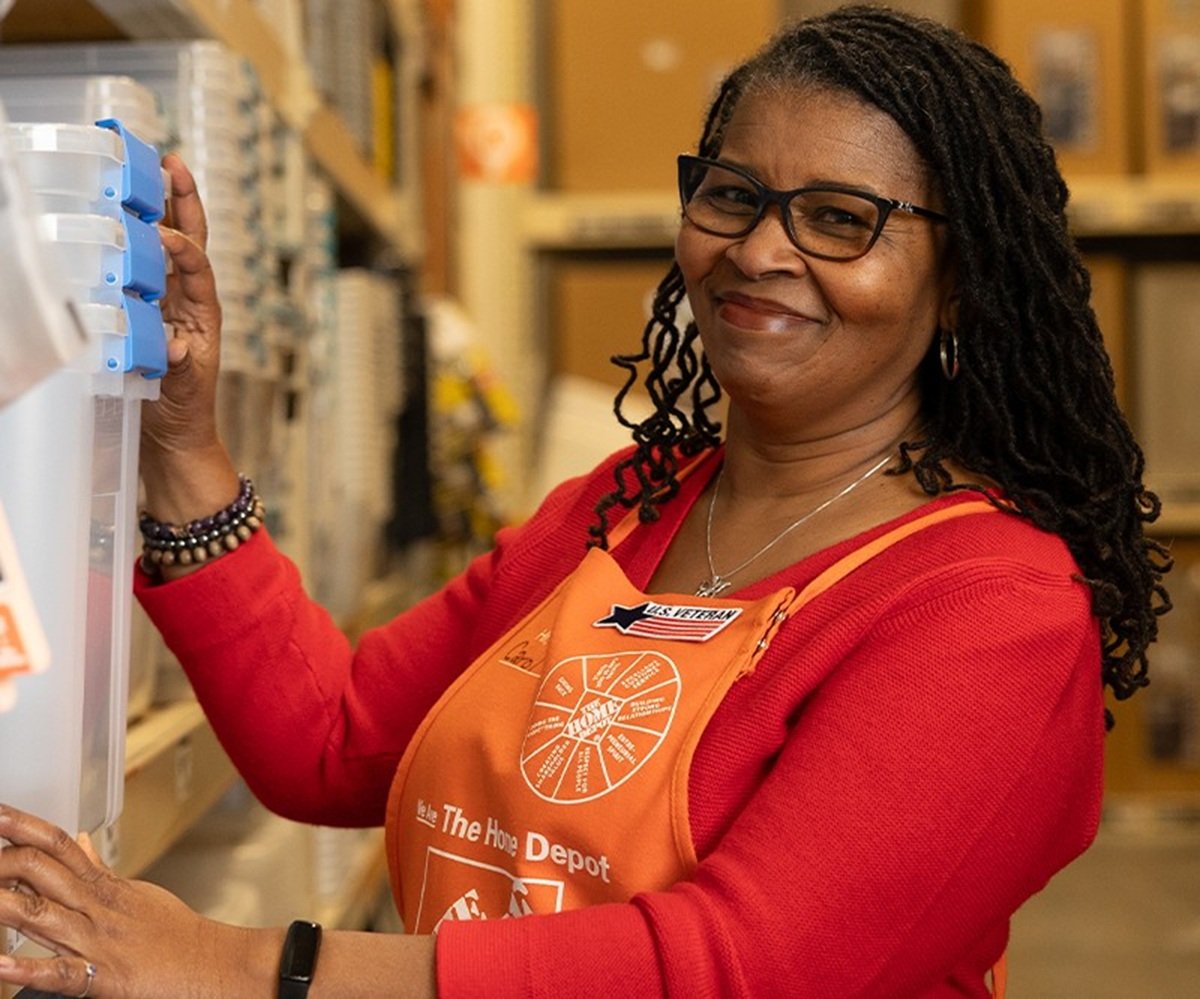
Source: Home Depot.
Although Home Depot (HD +4.26%) is the world's largest home improvement specialty retailer, it isn't immune to competitive threats from Wal-Mart (WMT +1.29%) and Amazon (AMZN +0.44%). Wal-Mart is the largest retailer globally boasting tremendous purchasing power and cost advantages, while Amazon is the world's biggest online retailer with an unrivaled assortment of in-stock inventory. Despite these challenges, Home Depot remains well-positioned to fend off threats from the two giants.
Mass merchant threat
In March of this year, Wal-Mart organized a week-long spring season sale of outdoor and garden items, offering discounts of up to 50%. For example, a seven-piece patio furniture set was offered for $298, compared with its regular price of $398. Although Wal-Mart's actions seem aggressive and threatening, Home Depot isn't as vulnerable as perceived.
Firstly, there is a misconception regarding purchasing power. While Wal-Mart generates more sales and buys more inventory than Home Depot, it doesn't necessarily have greater relative purchasing power than Home Depot. Purchasing power is rightfully measured with respect to the amount of goods one buys from individual suppliers.
In the case of Wal-Mart, its sales (and purchases) are spread across a wide variety of product categories, with home furniture and outdoor living products accounting for less than 7% of sales. If Wal-Mart's and Home Depot's total 2013 revenues of $476 billion and $78 billion are used for comparison, Wal-Mart's estimated sales of home improvement products at about $33 billion (7% multiplied by total sales of $476 billion) are likely to be less than that of Home Depot. Assuming that both Home Depot and Wal-Mart purchase their products from the individual suppliers in largely the same proportions, Home Depot's purchasing power with home improvement product suppliers isn't necessarily inferior to that of Wal-Mart.
Furthermore, Wal-Mart's home improvement product assortment isn't as complete as that of Home Depot. For example, Wal-Mart doesn't carry lumber or roofing tiles in its stores.
Secondly, the battle between Home Depot and Wal-Mart is one of specialist versus generalist. While consumers don't need advice to buy tissue paper or canned food, home improvement is a product category that demands high levels of product knowledge. A typical Wal-Mart employee dealing with customers shopping for personal care products, electronics, and apparel won't have the knowledge to give homeowners advice on their home improvement needs.
In addition, Home Depot has a database of 2.5 million home improvement product-specific user reviews to assist customers with their purchasing decisions.

Source: Home Depot.
Online retailer threat
Amazon's biggest advantages over bricks and mortar retailers come in the form of in-stock inventories and online delivery. Home Depot has the ability to navigate these advantages.
Out-of-stock inventories are the Achilles' heel for bricks and mortar retailers like Home Depot when compared with their online counterparts. Home Depot has taken steps to deal with this. In 2012, it introduced an employee training program called "never lose a customer." Home Depot staff are trained to guide customers, to either visit Home Depot's online stores via smartphones or bring them to a Home Depot terminal to conduct online searches, if they can't find their desired items on the shelves. This helps provide Home Depot customers with access to a wider range of home improvement products.
With respect to delivery, a significant proportion of home improvement products such as lawn movers are usually bulky and heavy, making shipping neither practical nor cost effective. This mitigates the threat of online retailers like Amazon.
For those products suitable and economical for delivery, Home Depot is building its supply chain capabilities. It has plans to invest in three new direct fulfillment centers, each with the capacity to hold a maximum of 100,000 SKUs. When the centers are completed, Home Depot will have the ability to execute same-day shipping of orders. For example, a product ordered on a Tuesday before 5 p.m. will reach a Home Depot customer by Thursday.
Improving fortunes
Home Depot delivered a good set of financial results for FY2013 on the back of a strong recovery in housing prices. It grew comparable store sales by 6.8%, representing the best comparable-store sales growth rate in 14 years. Diluted earnings per share increased by 25% over the same period, and Home Depot rewarded shareholders by raising the quarterly dividend by 21%.
Looking ahead, Home Depot has guided for comparable-store sales growth of approximately 4.6% and operating margin expansion of about 70 basis points in 2014. It expects home prices to increase in 2014, albeit at a slower pace, supported by affordability. Private fixed residential investment, as a percentage of GDP in the fourth quarter of 2013, at 3.1% is still below the 60-year average of approximately 4.6%.
Foolish final thoughts
It is hard to find any retailer in the country unaffected by the competitive threats posed by Amazon and Wal-Mart. Among the retailers, Home Depot is the most well-positioned to compete effectively with the two retail giants -- by virtue of its scale within the home improvement segment and the unique characteristics of home improvement products.








